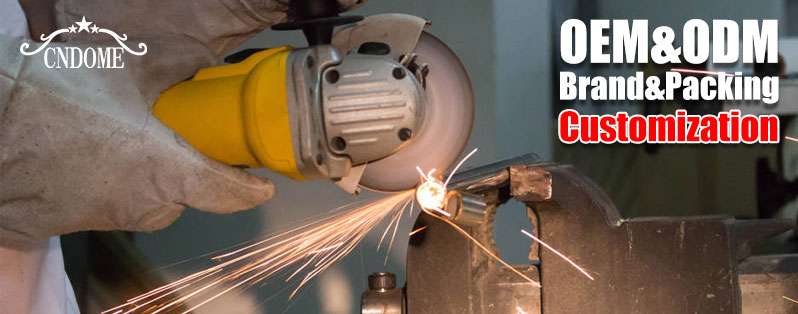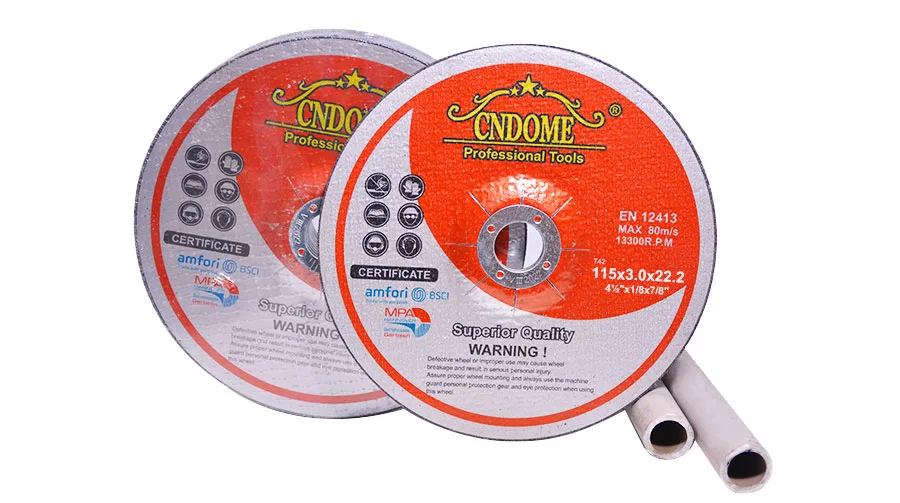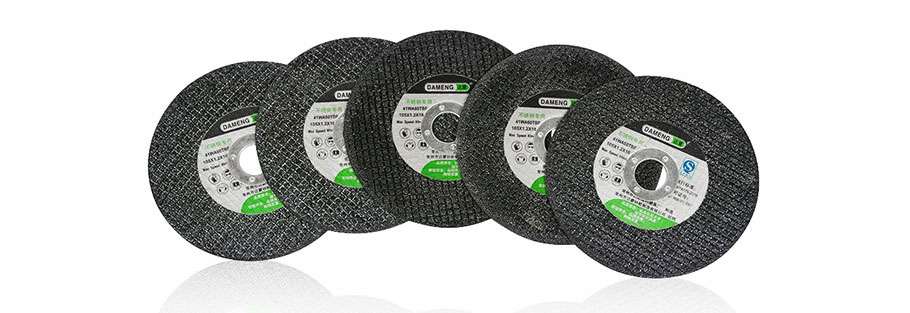When working with bolts in various projects, a reliable and efficient tool for cutting them is essential. Cut-off wheels are one of the best solutions for precise and clean cuts, ensuring that bolts are trimmed to the desired size or removed when necessary. This blog explores everything you need to know about cut-off wheels for bolts, including their types, uses, and tips for optimal performance.
What Are Cut-Off Wheels?
Cut-off wheels, also known as cutting discs, are thin, circular abrasive tools designed for cutting through metal and other hard materials. They are commonly used with angle grinders and stationary cutting tools to achieve quick, precise cuts. Their thin profile reduces material wastage and ensures accuracy, making them ideal for cutting bolts.
Why Use Cut-Off Wheels for Bolts?
Bolts often need trimming or removal in tasks like automotive repairs, construction, and metalworking. Using cut-off wheels offers several advantages:
- Precision: The thin design of the wheel allows for accurate cuts without damaging surrounding materials.
- Efficiency: Cut-off wheels work quickly, reducing the time needed to cut through tough metal bolts.
- Versatility: They can handle various bolt materials, including stainless steel, carbon steel, and alloy metals.
- Clean Cuts: With the right technique, cut-off wheels minimize burrs and rough edges, reducing the need for additional finishing.
Types of Cut-Off Wheels for Bolts
- Aluminum Oxide Wheels: Ideal for general-purpose cutting, particularly for carbon steel and alloy bolts.
- Zirconia Wheels: These are more durable and suitable for cutting stainless steel bolts.
- Diamond Wheels: These high-performance wheels are perfect for heavy-duty tasks involving hardened bolts or exotic alloys.
- Resin-Bonded Wheels: Known for their affordability and versatility, they work well for most bolt-cutting applications.
Choosing the Right Cut-Off Wheel
When selecting a cut-off wheel for bolts, consider the following factors:
- Material of the Bolt: Match the wheel’s abrasive material to the bolt’s composition.
- Wheel Diameter: Ensure the wheel size is compatible with your tool.
- Thickness: Thinner wheels offer precision but wear out faster, while thicker wheels provide durability.
- Speed Rating: Always use a wheel that matches or exceeds your tool’s RPM.
Tips for Cutting Bolts with Cut-Off Wheels
- Safety First: Wear proper safety gear, including gloves, goggles, and hearing protection.
- Secure the Bolt: Use a vise or clamp to hold the bolt steady during cutting.
- Mark the Cut: Use a marker or scribe to indicate where the cut is needed.
- Use Steady Pressure: Apply even, consistent pressure to avoid wheel damage or uneven cuts.
- Cool Down: Avoid overheating by cutting in short bursts or using cooling fluids for thick bolts.
Common Applications
- Automotive Repairs: Trimming bolts for custom fittings or removing rusted fasteners.
- Construction Projects: Adjusting bolt lengths for frameworks or installations.
- DIY Metalworking: Customizing or modifying bolts for creative projects.
- Industrial Maintenance: Removing stubborn or damaged bolts in heavy machinery.
Maintenance and Care
To ensure the longevity of your cut-off wheels:
- Store them in a dry, cool place to prevent moisture damage.
- Inspect for cracks or wear before use.
- Use the correct flange and guard on your tool for stability.
- Replace worn or damaged wheels immediately to avoid accidents.
Conclusion
Cut-off wheels are indispensable tools for cutting bolts efficiently and precisely. By understanding the different types available and following best practices, you can achieve professional results in your projects. Whether you’re a DIY enthusiast or a professional, investing in quality cut-off wheels ensures smooth, hassle-free operations.



